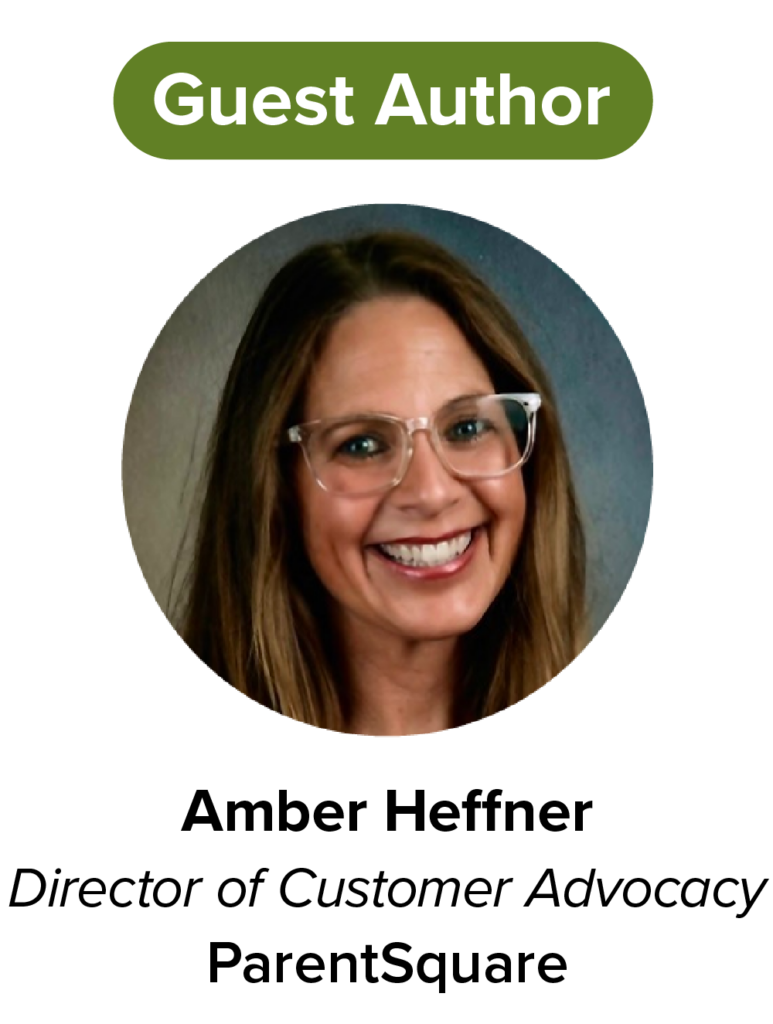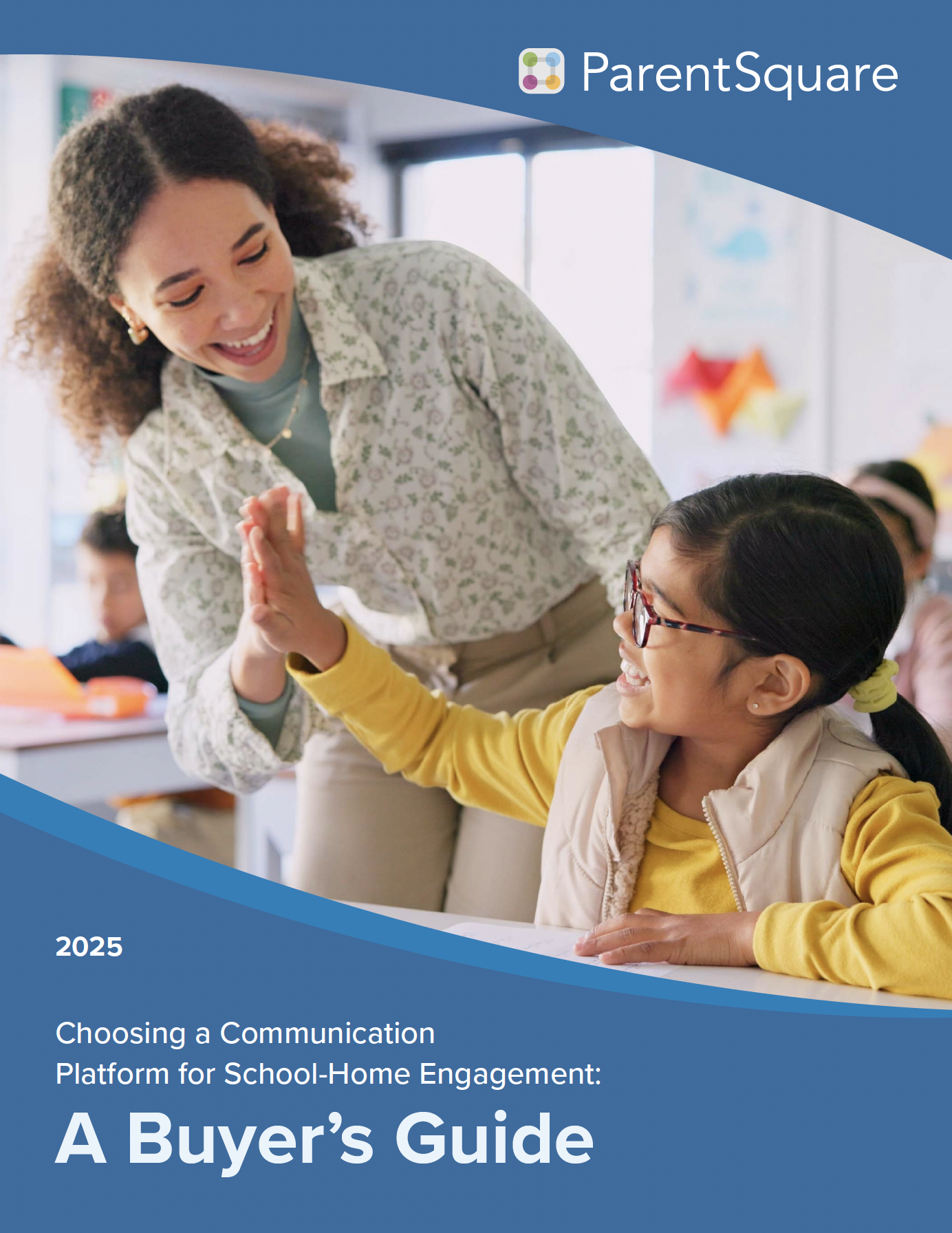
In the fall of 2015, I had the opportunity to join a variety of federal, state, and local leaders in Illinois for an event that was part of the U.S. Department of Education’s 2015 Back-to-School Bus Tour. The BTS event was led by then Education Secretary Arne Duncan, a senior member of then President Obama’s cabinet. The event included the naming of Andrew Maricnek as the first-ever open resources adviser by the Department of Education, whose role was to help states and districts make a transition from conventional textbooks to more dynamic openly licensed learning resources. The beginning of my passion for sharing more about Open Educational Resources, otherwise known as OER, and the #GoOpen launch commitment was inspired that day!
Harnessing the power of Open Educational Resources (OER) involves leveraging freely available educational materials to enhance teaching and learning experiences. By utilizing OER, educators can provide cost-effective and flexible learning materials that benefit both educators and learners. Here’s a guide to making the most of OER:
Understand OER: Familiarize yourself with the concept of OER. These are educational materials that are freely available under an open license, allowing users to access, modify, and share them without any significant legal restrictions. OER gives districts an opportunity to increase their content while at the same time reallocating funds on expensive textbooks and reinvesting those funds into resources and activities that promote improved digital learning. Take a look at this abstract, Making Connections: PreK–12 OER in Practice, by Kristina Ishmael, current deputy director of the Office of Ed Tech, for more information.
Explore OER resources: There are numerous OER repositories and platforms available online offering a wide range of materials from textbooks and lecture notes to videos and interactive simulations. Check out this curated list of resources from New America, a civic organization and think tank.
Before incorporating any material into your teaching, evaluate its accuracy, relevance, and appropriateness for your students’ needs. Look for content that aligns with your learning objectives and covers the topics effectively.
Evaluate quality: Not all OER are equal in quality. As any good “digital citizen,” we should continue to be diligent in researching responsibly. Before incorporating any material into your teaching, evaluate its accuracy, relevance, and appropriateness for your students’ needs. Look for content that aligns with your learning objectives and covers the topics effectively.
Modify and customize: One of the significant advantages of OER is the ability to adapt and customize the content to suit your teaching style and your students’ preferences. You can edit, combine, and supplement OER materials to create a tailored learning experience. What a great way to teach and meet the needs of your individual students!
Encourage student engagement: Utilize interactive and engaging OER resources to stimulate student interest and participation. For example, you can include interactive simulations, quizzes, and multimedia content to enhance learning experiences. Maybe students can even practice their skills and become part of the process in finding resources to use.
Promote collaboration: OER often encourages collaboration and knowledge sharing. Encourage your students to contribute to OER projects, create content, or remix existing materials, fostering a sense of ownership and engagement. The digital world has opportunities for students to contribute globally.
Address accessibility: Ensure that the OER you choose are accessible to all students, including those with disabilities. Check for compatibility with assistive technologies and ensure that the content is available in multiple formats, such as HTML, PDF, or EPUB.
Provide clear attribution: Respect the licensing requirements of the OER you use. Provide proper attribution to the original creators and follow the specific terms of the open license.
Stay updated: OER resources are continually evolving. Keep updated with new resources and improvements to existing ones. This way, you can keep enhancing your teaching materials and ensuring they remain relevant and up-to-date. A great place to start with your own professional learning is with this curated collection of resources from New America.
Share your experience: As you benefit from OER, share your experiences with other educators and the academic community. By promoting the use of OER, you contribute to a broader movement that makes quality education more accessible and affordable for everyone. The U.S. Department of Education’s Office of Educational Technology has a tool you can use to share and read #GoOpen experiences from across the country. Of course you can share on social media, too, with #GoOpen and #OER.
Support and advocate: Encourage your institution to support the adoption and creation of OER. Advocate for policies that promote the use of OER to help reduce the financial burden of textbook purchases and expand access to more education materials. Here is a recent post, “OER Resources for Policy Makers,” from CCSSO on the funding, adoption and implementation of open educational resources.
Check out our ParentSquare school districts below who went #GoOpen. By harnessing the power of OER, you can provide cost-effective and flexible learning materials that enrich your teaching and empower your students with quality educational resources.
CA – Coronado Unified School District
CA – Oxnard Union High School District
ParentSquare is here to help you build strong partnerships that empower your students and foster lifelong learners within your communities. Learn more about these features and many more by booking a demo today!







